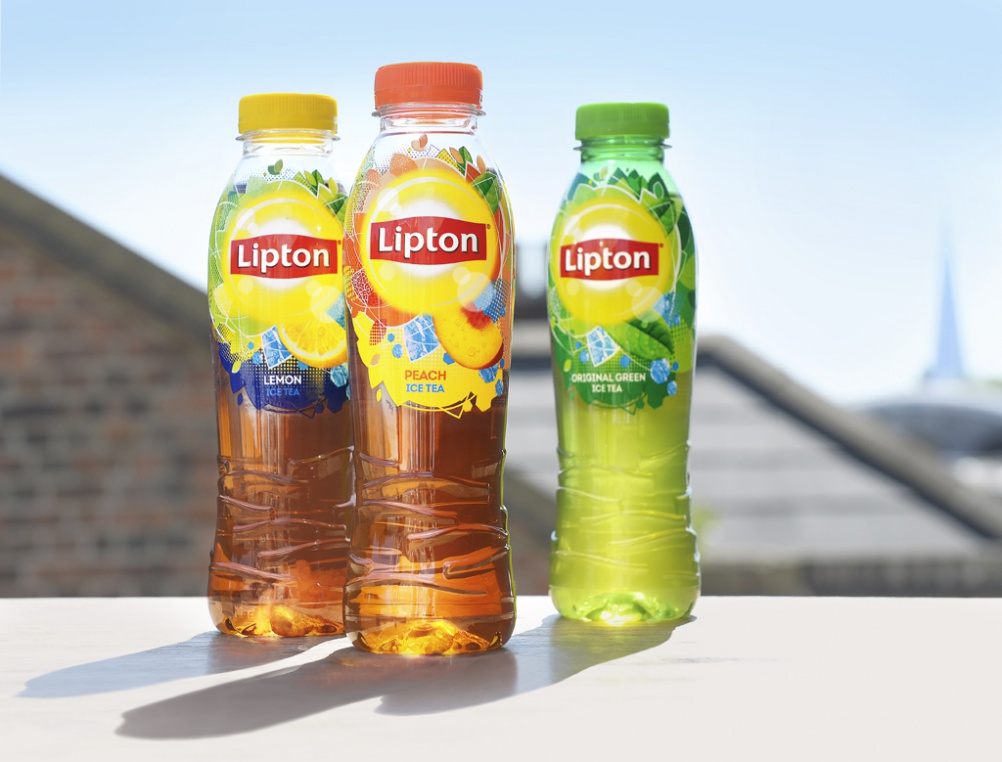Going global: how to take your design business overseas
Many consultancies aspire to expand internationally – but how can you ensure your work is not lost in translation? We speak to four of the highest-earning international consultancies featured in this year’s Design Week Top 100 to find out more.

UK design has a great reputation; from Dyson’s product design, through to Casson Mann’s international exhibition work and Elmwood’s branding, many British-born designers have transcended the boundaries of the nation to receive global acclaim.
“British education is part of the reason it’s so highly regarded,” says Margaret Manning, chief executive officer at the Reading Room, which made £13m in the last financial year, £5.5m of it overseas. “There is massive respect for British design across Asia,” she says. “The UK and USA are looked upon as centres of excellence, with our universities seen as leading lights.”
While this may help to put UK-based consultancies ahead in other markets, the ability to make “commercially viable” design rather than just creating pretty products is also recognised. “Form takes its place with function, not over function,” Manning adds. “It’s intelligent application of design to a business problem.”
“It’s not as simple as just hopping on a plane”
John Morris, managing director of Design Bridge, which made £11.4m overseas last year out of a total £34m, terms this idea as “strategically-driven creativity”. “It’s not just about making something look shiny,” he says. “There’s deep thought about why design works and how it will emotionally connect with people.”
But how do consultancies make the transition from completing the odd project abroad, to setting up a global business? While it can be beneficial to multiply offices, expand client possibilities and ultimately increase revenue, it’s not as simple as hopping on a plane, 3D printer in hand.

One of the biggest challenges UK consultancies may face when moving abroad is cultural difference. Scott Ewings, managing director at Ustwo, which made £8.3m overseas last year out of a total £16.5m, says that “local insight and navigation” of the community, alongside the ability to “differentiate” between your new and habitual environments is key. “Japan, for instance, is a unique market. Like China, it requires strong local leadership and a deep understanding of the market to succeed,” he says.
While Manning adds that countries which have English as their “prime” or “official” language are easier to do business in, it’s not just language barriers that need to be overcome. Tim Perry, global managing partner at Webb DeVlam, which made £5.8m overseas last year from a total of £8.8m, says the more elusive differences are the hardest things to decipher. “There are semiotic cues of how certain elements of design are perceived in one country and not another, an obvious example being specific colours,” he says. “There are also different competitive sets, and brands could be well-established in one region but be quite new in another, meaning they’re at different stages in their life cycle.”
Manning provides some examples of cultural differences between Europe and Asia, as well as within Asia itself. “Asia has a myriad of cultures and each one is subtly different. In general, the concept of face and hierarchy is so engrained within the Asian community. For example, you can’t disagree with someone senior if a junior person is also in the room. I find myself falling foul of that occasionally,” she says. “There are also words which aren’t translatable within certain languages.”
Roll up your sleeves and get out there
According to Perry at Webb deVlam, the best way to recover from culture shock is to submerge yourself within it. “Anywhere unfamiliar to you will present a challenge,” he says. “It’s important to acknowledge that early on, then immerse yourself, listen and observe. There’s no substitute to travelling there, sniffing the air and being present.”
“Roll up your sleeves and go out into the market,” Morris at Design Bridge adds. “If you’re working in fast-moving consumer goods (FMCG), go round the supermarkets. If it’s product design, go to people’s homes. Clients will trust you when you have empathy and understanding of the difference in markets.” Hiring locally will also help to integrate the community’s culture into your work. “It’s not a question of shipping people from London to a foreign country,” says Perry. “Equally, if you solely hire local people, it won’t feel like the same company. The mix our clients want is to have local flavour but still experience Webb deVlam.”

Senior team members are key
Manning at the Reading Room adds that it’s crucial to put key, senior members of the team on the ground for at least six months. “The business will grow much more quickly,” she says. “Remember it’s your business – you’ve got to make it a success.”
Differences in culture mean business structure can differ too. “The more developed an area and the more open to external investment, the easier it is to work in,” she says. “This isn’t too much of a challenge in Singapore and Hong Kong, but in Thailand for example, it’s trickier.”
She adds that transparency and employability are also important. “Singapore has very strong transparency in procurement, so the new company would be seen in the same light as the existing business,” she says. “There’s also no point having a fantastic client base in Thailand if you can’t employ. The three key questions are: is it a transparent society, is it simple to set up a business and is it easy to get visas and employ people?”
A drop in fees might also come as a shock, Morris adds. “Asia and Latin America are great because they love to work with UK designers,” he says. “But they’re used to paying a lot cheaper, which can undervalue design and turn it into commodity trading.”

Where can you go for support?
So how can you go about deciding where to set up? Speak to professionals, Manning recommends, including the UK Trade and Investment (UKTI) body and the British Chamber of Commerce. “Neither organisation is there to get you clients,” warns Manning. “But they are there to support you in where to go and what lawyer you should use. They also offer lectures on local culture and a shoulder to cry on.”
But ultimately, you should follow your heart – or more specifically, those of your clients. “In the earlier days, we had the same over-eager ambition as most people in the business: ‘world domination, be everywhere’,” Ustwo’s Ewings says. “But we’ve amended that dramatically. Now we go where we’re wanted and where we can make a difference.” Perry agrees that Webb deVlam is not driven by a wont to take over the globe but by “client need”.
Client need aside, sheer distance can be problematic when you have multiple global offices. “If you’re based in the UK, the challenge is investing time and travel and having time to build relationships,” Morris says. “In some markets, business is purely based on trust and face-to-face contact.”
Thinking global and acting local
The only way to tackle this is to accept your business has changed, he says. “Show that you can work around the clock. There will be early mornings and late nights. You will need exceptional communication and you will have to invest time to build relationships. Think of it as a long-term gain.”
With Webb DeVlam currently on three international offices, Ustwo and Design Bridge on four and Reading Room on nine, it’s evident that international expansion can be addictive. “Webb deVlam has transcended being a UK design company,” says Perry. “What we offer is very international. We think global, act local.”
Of course, there’s certainly an element of planning, consideration and care to be taken, and it’s important to be “pulled there” by clients and determine a loyal following. As Morris notes, Design Bridge’s number of clients has shrunk as the company has grown.
But maybe there’s also a case for just flying out there and doing it after all. “Don’t prevaricate, don’t sit on the fence and don’t research the hell out of it,” says Manning at Reading Room. “If it feels right – then do it.”
You can see the 2015 Design Week Top 100 rankings in full at top100.designweek.co.uk.





Hi sorry I dont know if you can help me or not but I figured it was worth a shot after reading this! Basically to sum up – I’m a business owner who does lots of importing and exporting in goods. Basically I’ve been having some trouble with foreign currency exchange and getting the best deals but obviously its really important for the business that we’re getting the best deal possible. I’ve been reading lots around the subject online but I’d be lying if I said I’d got my head around it. What’s the best option for businesses when it comes to foreign exchange? I came across a business called Clear Treasury (this is them: http://www.cleartreasury.co.uk ) and they seem to deal with this type of thing. Am I best going with a company like this rather than doing everything independently? Is that the recommended course of action? I just want to make sure I’m getting the best deal – so any advice would be massively appreciated! Like I said I don’t know if anyone will be able to help me but thought I’d give it a try! Thanks everyone!